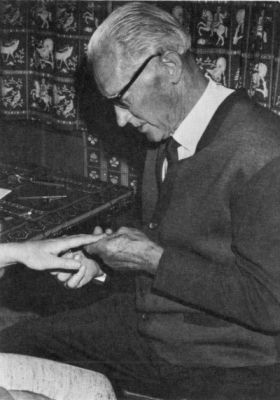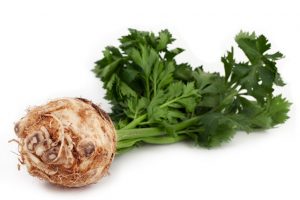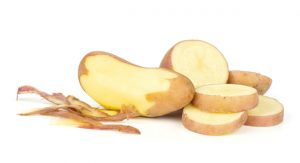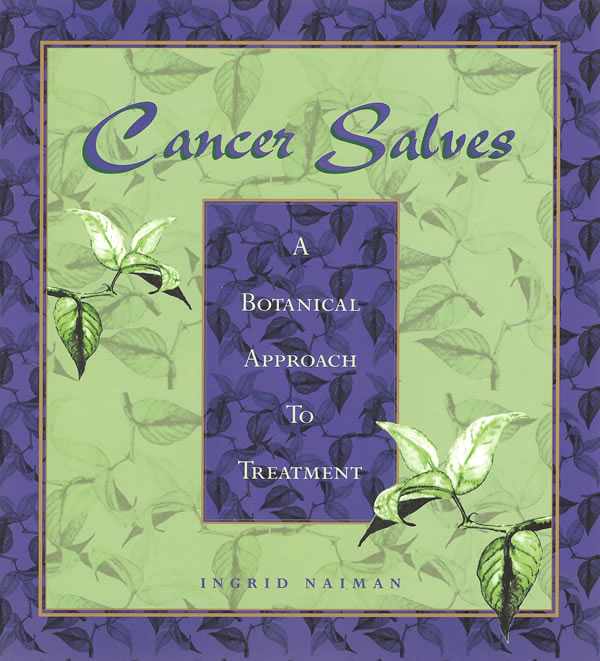 Breuss Juice
Breuss Juice
Rudolf Breuss [1899-1990] was an Austrian naturopath whose 42-day cancer juicing regime achieved international fame. The recipe is simple enough: 55% red beet root, 20% carrots, 20% celery root, 3% raw potato, 2% radishes. His theory was that cancer survives on protein and that when deprived of protein, the tumor dies. Unlike some juice fasts, the Breuss method requires both juicing and straining. However, other liquids, such as herbal teas are not simply permitted, but required, especially the white sage tea.
My personal opinion is that this is one of many possible juice fasts, but it has been extremely popular, especially in Europe, and thousands of people claim to have been cured by it. Nutritional experts tend to emphasize the vitamins, minerals, and live enzymes found in fresh juice made from organically grown plants. My hunch is that antioxidants play a more important role, and that is perfectly safe to add a few herbs and/or herbal extracts to the vegetable juices, but Breuss himself insisted on absolute adherence to his instructions . . . and they are fairly lengthy and sometimes complicated. In short, one must read his book in order to be fully compliant.
|
The Breuss Recipe
|
|
 |
Red Beet Root 55% 300 grams – 9.6 ounces The red color of beets is due to betaine, a flavonoid with known anticancer properties. Beets also contain iron which is necessary for hemoglobin production as well as the transport of oxygen. |
 |
Carrots 20% 100 grams – 3.2 ounces Carrots are also rich in antioxidants, especially |
 |
Celery Root 20% 100 grams – 3.2 ounces Celery contains apigenin and luteolin, flavonoids that protect against free radicals. Celery has been shown to prevent |
 |
Black Radishes 2% 30 grams – 1.06 ounces Many |
 |
Raw Potato 3% One potato, the size of an egg Please note that the original instructions are explicit with respect to the potato being optional except for liver cancer. However, it is also stated that the peels can be made into a tea and sipped. In short, there are three possibilities: omit the potato, juice it, or make a tea with the peels. There is no statement regarding the type of potato to be used. Very likely, purple potatoes had not been introduced to Europe at the time of the publication. |
|
Instructions: Part of the theory behind the Breuss juice fast is that tumors depend not merely on protein but on solids so the juice sediment is to be filtered out. It is totally normal to have some semi-solid particulates after running plant materials through a masticating juicer, but the juice is to be strained so that the sediment is not consumed. This is confusing to some who think they need dietary fiber. The amount to be sipped throughout the day. This recipe makes about two cups (half a liter). Herbal teas can also be taken, but all solid food is prohibited during this fast.
Keep the juice covered except when sipping. Juice oxidizes quickly so it should be kept covered. Some weight loss should be expected. No one should undertake this fast without first reading the book by Breuss and then preparing all that will be needed to make the teas. Also, breaking the fast at the end must be done carefully. Commentary: Many patients in the United States are more familiar with the Gerson Therapy than the Breuss Treatment, but reports from Europe seem to support a more versatile strategy. Given the diverse nature of local foods, it is almost certain that many foods have equally beneficial properties, but experimentation always introduces unknowns and therefore risks. Growing What is Needed: The videos below show how very easy it would be to grow the plants needed for this particular fast. Since some people want to start right away, this may not be practical for everyone but keep in mind that one of the purposes of this site is to encourage production of plants needed by patients so these plants could be grown in clinic gardens, in neighborhoods, retirement homes, even hospice centers. |
|
References
Breuss, Rudolf. The Breuss Cancer Cure, Books Alive, Summertown, TN, 1995.
https://www.nutrition-and-you.com/beets.html
Image Credits
Potato
Dreamstime ID 128929681
© Kateryna Bibro
Beets
Dreamstime ID 7585066
© Olha Huchek
Dreamstime ID 16365543
© Vaeenma
Celery Root
Dreamstime ID 16365543
© Yamix
Carrots
Dreamstime ID 12152709
© Soleg1974
Many experts throughout history have regarded cancer salves and pastes as the most thorough, safe, and efficacious way to treat cancer, especially skin and breast cancers but also cancers of other organs. In this book, Ingrid Naiman meticulously traces the use of such products in ancient India and by Hildegard of Bingen, Native Americans, and modern physicians. She provides detailed instructions for making and using the salves, a fair comparison of the pros and cons, and eight pages of color pictures showing responses to the products. Visit her Cancer Salves site for more information, answers to frequently asked questions, and a checklist for people facing cancer.

Cancer Plants
Donations
Your donations are greatly appreciated.
Information
Newsletter
To be notified of new posts to this site, please subscribe, using the link button below. You can cancel your subscription at any time you choose.
Copyright by Dr. Ingrid Naiman 2003 and 2018
All Rights Reserved || Institute for Invisible Epidemics
